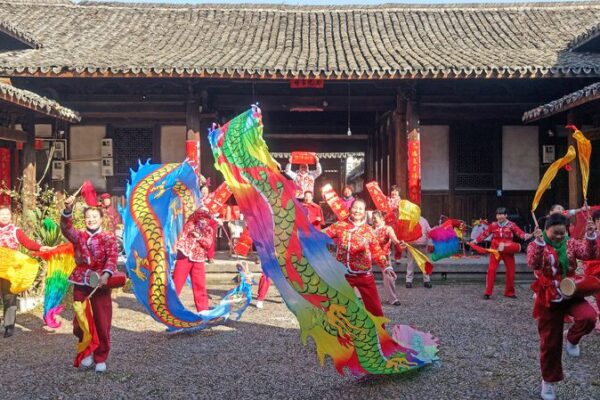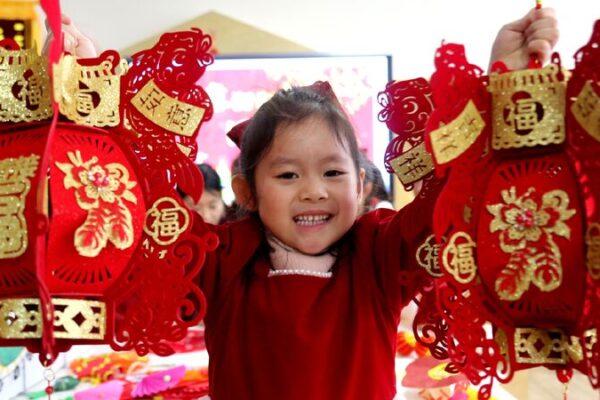China’s rich cultural tapestry is captivating the world, as the nation’s efforts to preserve and promote its heritage reach new heights in 2024.
Recently, the United Nations Educational, Scientific and Cultural Organization (UNESCO) inscribed the Spring Festival—the traditional Chinese New Year celebrations—on its Representative List of the Intangible Cultural Heritage of Humanity. This brings China’s total of UNESCO-recognized intangible cultural heritage elements to 44, the highest in the world.
This achievement underscores the global importance of preserving intangible cultural heritage and highlights China’s dedication to safeguarding its traditions. As one of the world’s oldest civilizations, China has consistently prioritized the protection of its cultural and natural heritage.
Preserving the Past
In 2024, President Xi Jinping emphasized culture over 100 times during his domestic tours, showcasing the country’s commitment to cultural development. During a visit to the Baoji Bronze Ware Museum in Shaanxi Province, Xi admired the “He Zun,” an ancient bronze vessel with the earliest known inscription of the Chinese characters for “China.” He urged for a deeper appreciation of China’s 5,000-year-old civilization and the passing down of traditional culture.
China’s efforts have led to remarkable results. The nation is home to over 760,000 immovable cultural relics and maintains a comprehensive intangible cultural heritage inventory, recognizing over 100,000 representative items and 90,000 inheritors.
At the Yunmeng County Museum in Hubei Province, Xi examined bamboo and wooden slips dating back to the Qin and Han dynasties (221 BC–220 AD). He stressed the importance of archaeological research and the protection of cultural relics, viewing them as tangible evidence of China’s rich history.
Cultural Tourism on the Rise
China is not only preserving its heritage but also sharing it with the world. The integration of culture and tourism has become a pillar industry, with President Xi advocating for harnessing the educational and tourism potential of cultural resources.
Provinces like Hunan, Hubei, and Anhui are leveraging their historical sites and traditional villages to attract visitors. Cultural trends such as Zibo barbecue, Luoyang’s Hanfu festivals, Guizhou’s “Village BA” basketball tournaments, and local festivities have gained nationwide popularity, boosting tourism during holidays.
Museums have become hotspots for young people, with visits reaching 1.29 billion in 2023—a record high. China’s expanding visa-free policy has also ignited a “China Travel” boom among international tourists. In the third quarter of 2024, 8.19 million foreigners visited China, a 48.8 percent increase from the previous year.
By protecting its past and embracing innovation, China is ensuring that its rich cultural heritage continues to thrive and inspire future generations.
Reference(s):
cgtn.com







